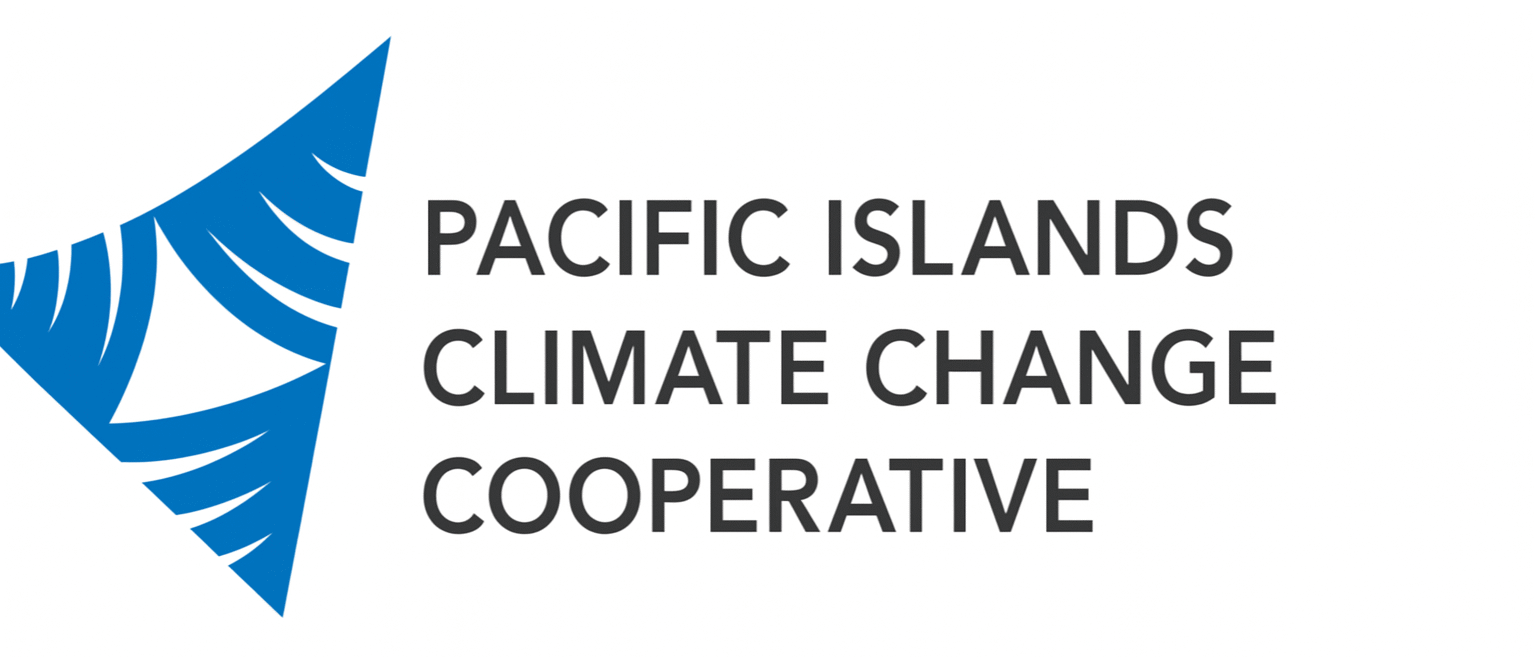The Social Security Administration (SSA) is preparing to issue another round of payments, and for some recipients, this could mean receiving over $5,000 in a single check.
With over 70 million beneficiaries relying on SSA programs each month, including retirees, Supplemental Security Income (SSI) recipients, and disability claimants, understanding your eligibility and payment date is critical.
Understanding SSA Payment Eligibility
1. Retirement Benefits
Eligibility for retirement payments hinges on your work history and Social Security tax contributions. The longer you’ve worked and the more you’ve contributed, the higher your benefit. Claiming your benefits at full retirement age—or delaying them until age 70—can significantly increase your monthly payout.
2. Supplemental Security Income (SSI)
SSI is designed for individuals with limited income and resources. Unlike retirement benefits, which aren’t reduced by additional income, SSI is means-tested. Exceeding the financial threshold can disqualify you from receiving benefits.
3. Disability Benefits
To qualify for disability payments, you must have a medical condition that prevents you from working. Additionally, your earnings must remain below a set limit. Exceeding this limit may lead to ineligibility even if you meet the medical criteria.
Who Can Receive Up to $5,200 Next Week?
Upcoming Payment Schedule
According to the SSA payment calendar, Social Security checks are issued based on the recipient’s birthdate:
| Birth Date Range | Payment Date |
|---|---|
| 1st–10th of the month | Second Wednesday of the month |
| 11th–20th of the month | Third Wednesday of the month |
| 21st–31st of the month | Fourth Wednesday of the month |
Those born between the 21st and 31st can expect their next payment on Wednesday, August 27. However, if you’re an SSI recipient or started receiving benefits before May 1997, your payment schedule may differ.
How to Receive the Maximum $5,108 Payment
While the average benefit is much lower, certain retirees may receive the maximum monthly payment of $5,108. To qualify, you must:
- Have worked for 35 years or more.
- Earned the maximum taxable income for most of your working life.
- Delay claiming benefits until you reach age 70.
Claiming benefits at age 62 significantly reduces your monthly payment, so timing your claim is essential for maximizing returns.
Mark Your Calendar: October 15 COLA Announcement
The Cost-of-Living Adjustment (COLA) for 2026 will be officially announced on October 15. This is a vital update for beneficiaries, as COLA increases are the only way your monthly payment grows after retirement.
What Is COLA?
COLA ensures that SSA payments keep pace with inflation, preserving your purchasing power. Although larger increases may seem beneficial, a smaller COLA often signals stable prices, which can be good news for your cost of living.
If you’re expecting a Social Security payment soon and your birthday falls between the 21st and 31st, prepare to receive it on August 27. Some retirees may even collect over $5,100, provided they meet specific work history and age-based requirements.
Moreover, don’t overlook the upcoming COLA announcement in October, as it will determine the benefit adjustments for 2026. Staying informed about your SSA eligibility, payment schedule, and benefit amount can help you make the most of your retirement or disability income.
FAQs
Who is eligible for the $5,108 maximum Social Security payment?
Only retirees who delay their benefits until age 70, have earned the maximum taxable income, and have a 35-year work history qualify for the maximum payment.
When is the next payment for those born between the 21st and 31st?
The next Social Security payment for this group is scheduled for Wednesday, August 27.
What does the COLA adjustment mean for my future payments?
The COLA ensures that your monthly benefits reflect inflation, helping maintain your buying power year after year. The 2026 update will be announced on October 15.

